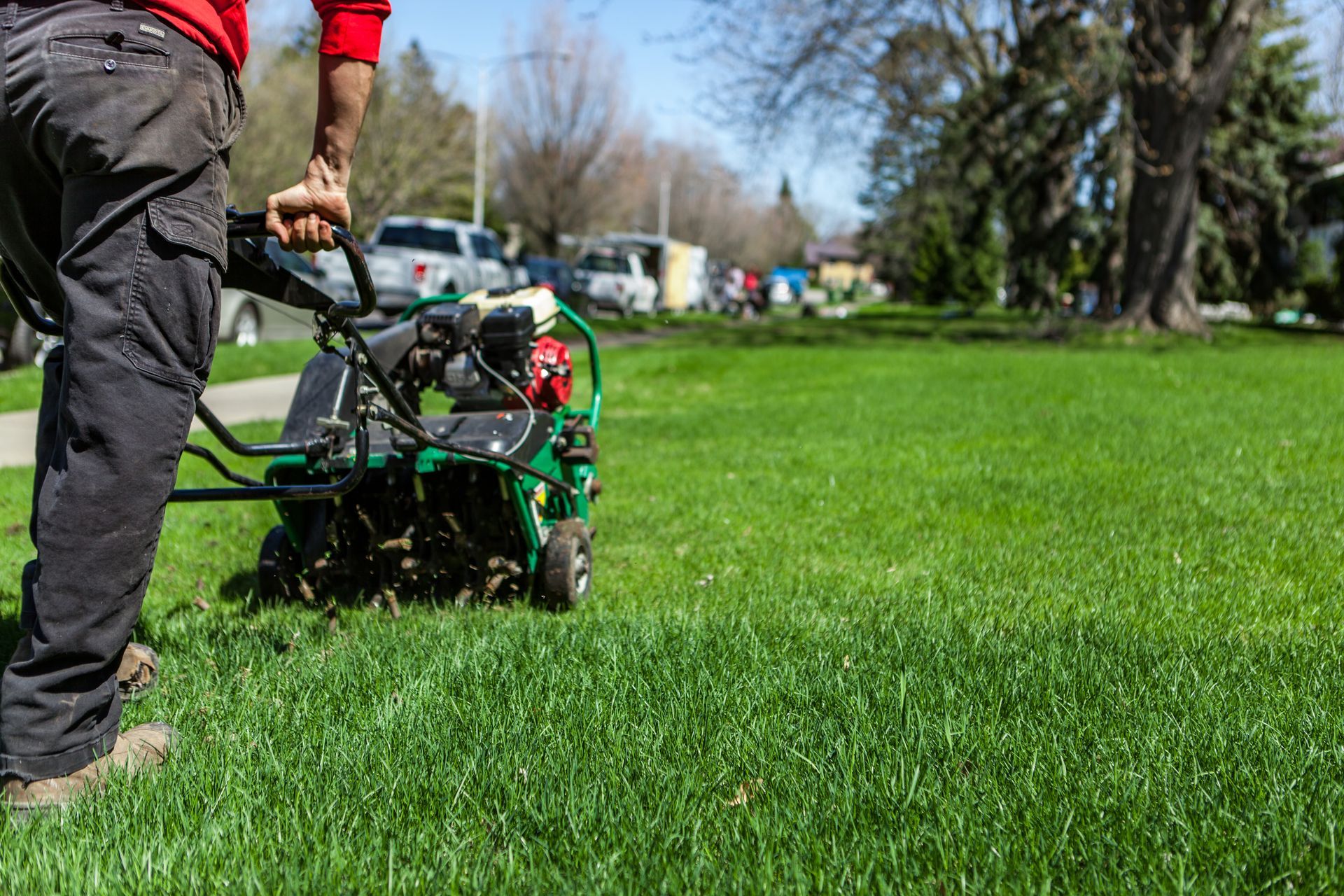Spring Sprung Too Soon? Tips to Navigate Turf Challenges Caused by an Early Spring
As the seasons transition and warmer weather arrives earlier than expected, turf managers find themselves facing unique challenges and opportunities. An early spring brings with it the promise of vibrant growth and lush green landscapes, but it also requires careful planning and proactive management to ensure optimal turf health. In this article, we’ll explore some essential tips for turf managers to navigate and make the most of an early spring.

Monitor Soil Moisture
With an early onset of spring, soil moisture levels may fluctuate differently than in previous years. It’s crucial for turf managers to closely monitor soil moisture and adjust irrigation schedules accordingly. Adequate soil moisture is essential for promoting healthy turf growth and preventing stress during periods of warm weather.
Start Mowing Sooner
Warmer temperatures stimulate turfgrass growth, leading to earlier mowing requirements. Turf managers should be prepared to start mowing operations sooner than usual to maintain proper turf height and appearance. Regular mowing helps promote dense, healthy turf stands and enhances the overall aesthetic appeal of the landscape.
Implement Pre-Emergent Weed Control
Take advantage of the early spring to implement pre-emergent weed control measures. Applying pre-emergent herbicides before weed seeds germinate can effectively prevent weed growth and reduce weed populations throughout the growing season. Early intervention is key to achieving optimal weed control results.
Aerate and Overseed
Early spring provides an excellent opportunity for aerating and overseeding turf areas. Aeration helps alleviate soil compaction and improve air and water infiltration, while overseeding promotes turf density and fills in thin or bare areas. These practices contribute to the establishment of healthy, resilient turf stands before the onset of summer heat.

Aeration helps alleviate soil compaction and improve air and water infiltration.
Adjust Fertilization Schedule
With the arrival of spring ahead of schedule, turf managers should adjust their fertilization schedules accordingly. Apply fertilizers based on soil test results and turfgrass needs, taking into account the accelerated growth rate. Proper fertilization promotes vigorous turf growth and enhances overall turf health.
Monitor Pest Activity
Early spring conditions may also lead to earlier pest activity, including insects and diseases. Turf managers should be vigilant for signs of pest infestations and implement appropriate pest management strategies as needed. Timely intervention helps prevent pest damage and preserves the integrity of the turf.
Prepare for Irrigation Needs
As temperatures rise during an early spring, the demand for irrigation may increase sooner than expected. Turf managers should ensure that irrigation systems are in good working condition and ready to meet the turf’s water requirements. Proper irrigation is essential for sustaining healthy turf growth and vitality.
Protect Against Frost
Despite the early arrival of spring, the threat of late-season frost events remains a concern. Turf managers should take precautions to protect sensitive turfgrass species from frost damage, such as covering them or adjusting irrigation timing. Protecting turf against frost ensures its resilience and longevity.

Turf managers should ensure that irrigation systems are in good working condition.
Stay Flexible
Lastly, turf managers should remain flexible and adaptable in their approach to turf management during an early spring. Weather patterns can be unpredictable, and conditions may change rapidly. By staying flexible, turf managers can effectively respond to evolving circumstances and maintain optimal turf health throughout the spring season.
In conclusion, an early spring presents both challenges and opportunities for turf managers. By implementing these tips and strategies, turf managers can effectively navigate the complexities of an early spring and ensure the continued health and vitality of their turf areas. Embrace the arrival of spring, and let your turf flourish under your expert care.
Share



